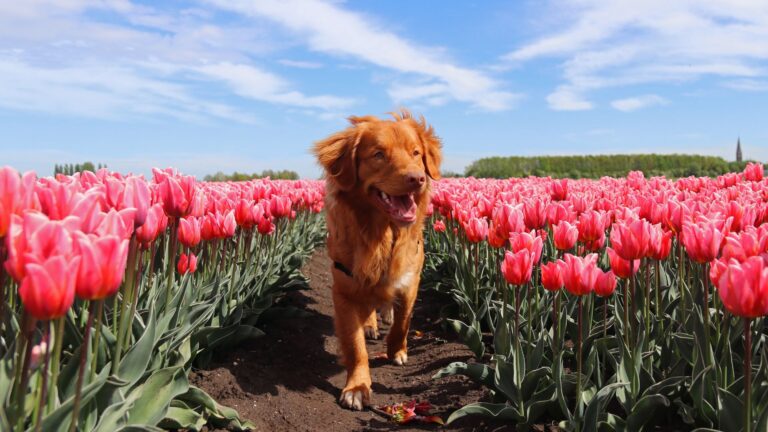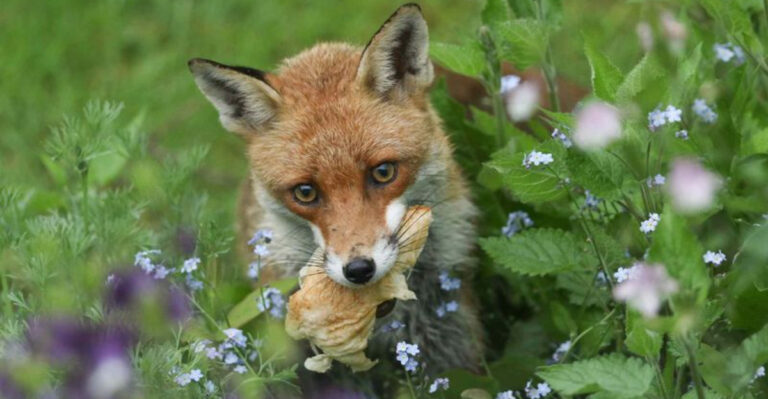The Reasons Why Bees Make Tasty Honey

Ever wondered what makes honey so irresistibly sweet and smooth? Those tiny buzzing creatures in your garden are nature’s most efficient sugar factories.
Bees transform flower nectar into golden liquid gold through a fascinating process that’s as complex as their intricate social hierarchy. Let’s explore the sweet science behind honey production and peek into the remarkable social world of these busy insects.
1. Flower Power Selection
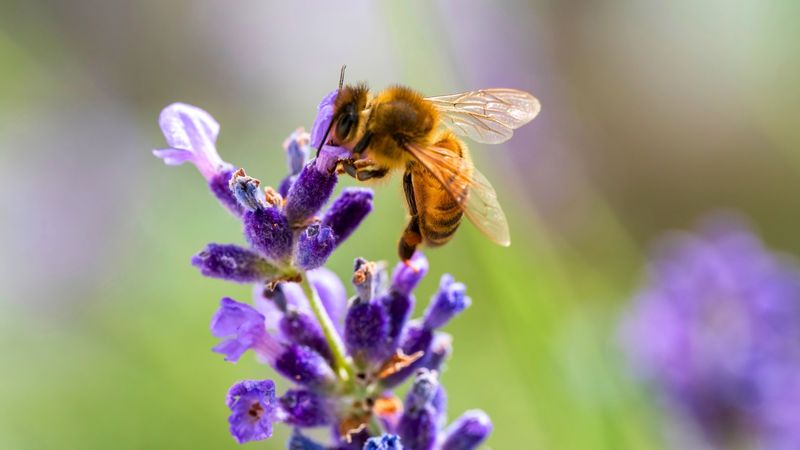
Bees aren’t random flower visitors—they’re botanical connoisseurs! Different flower varieties produce unique nectar profiles with distinct flavors and aromas.
When bees target specific blooms like lavender, orange blossom, or clover, they’re actually crafting artisanal honey varieties. The resulting honey’s taste directly reflects these floral sources, creating regional honey signatures prized by foodies worldwide.
2. Enzyme Magic
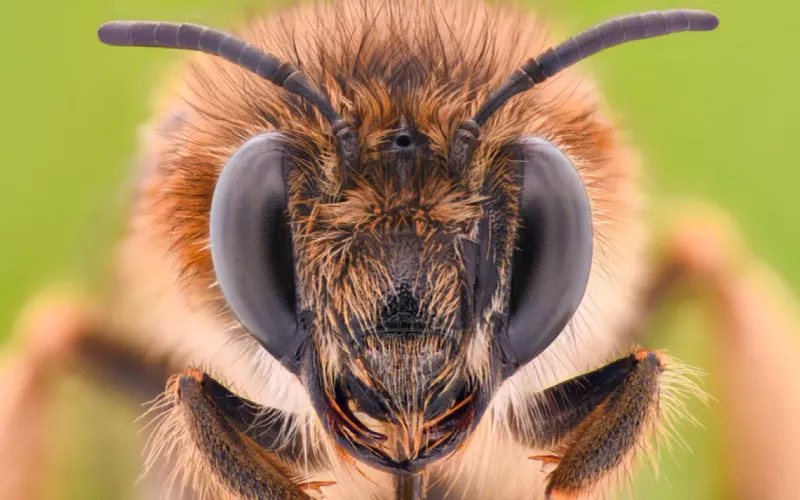
The secret ingredient in honey isn’t something bees find—it’s something they make! Worker bees add special enzymes from their hypopharyngeal glands to flower nectar during collection.
These powerful enzymes, particularly invertase and glucose oxidase, transform complex sugars into simpler ones. This enzymatic wizardry is what gives honey its distinctive sweetness profile and contributes to its thick, syrupy consistency that humans find so delicious.
3. The Honey Stomach

Forager bees have a specialized second stomach called the honey stomach—a biological marvel that’s essentially a nectar backpack! This unique organ holds collected nectar separate from their digestive system.
During the flight back to the hive, the nectar mixes with enzymes in this special chamber. This first processing step begins breaking down complex sugars, kick-starting the transformation from flower juice to sweet honey.
4. Hive Temperature Control

Bees are natural climate engineers! They maintain their hives at a precise 95°F (35°C)—the perfect temperature for honey production.
When it’s hot, worker bees collect water and fan their wings to create evaporative cooling. In cold weather, they cluster together and vibrate their flight muscles to generate heat. This temperature regulation ensures optimal enzyme activity and proper honey curing.
5. Water Evaporation Experts
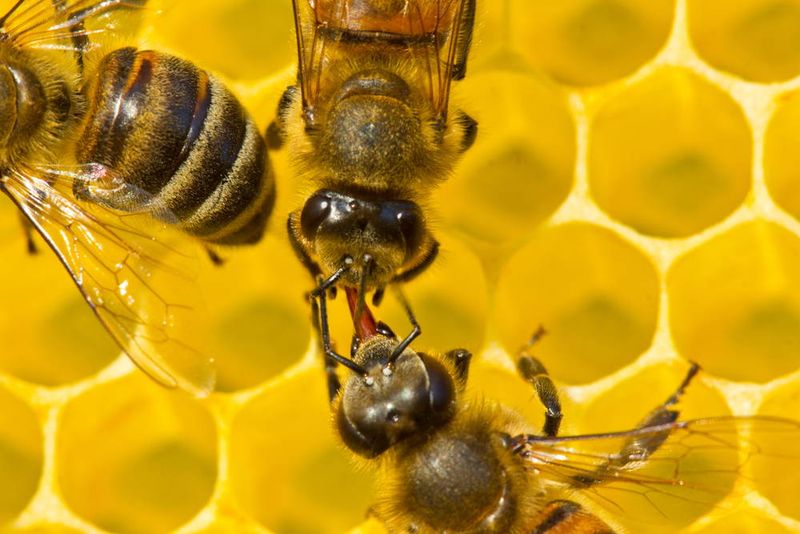
Fresh nectar is mostly water—sometimes up to 70%! Bees excel at a crucial dehydration process that concentrates sugars and preserves honey.
Workers pass nectar droplets between their mouthparts, exposing it to air. They also fan their wings furiously to increase airflow through the hive. This patient evaporation reduces moisture content to below 18%, creating that thick, shelf-stable sweetness we love.
6. Propolis Protection
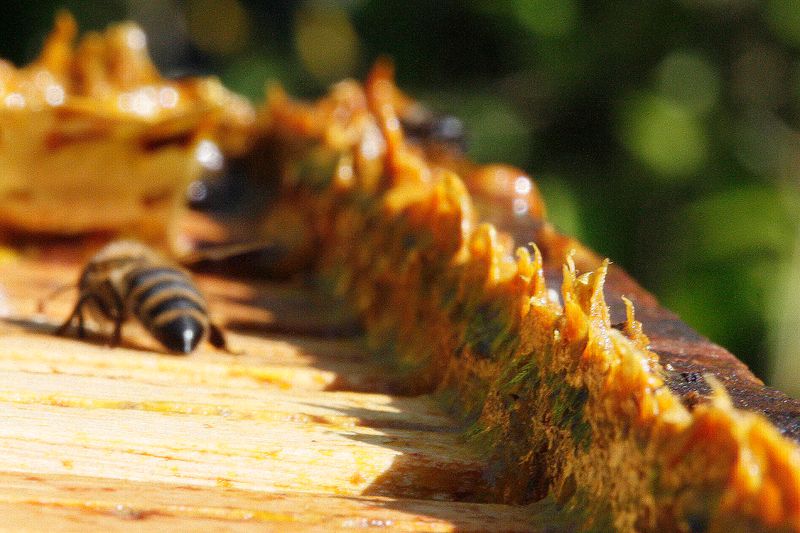
Bees collect tree resins and transform them into propolis—a natural antimicrobial compound they use as their hive’s immune system. This “bee glue” lines honey storage cells.
The propolis barrier prevents bacterial growth and contamination of precious honey stores. These natural preservatives seep into honey in tiny amounts, adding subtle complexity to the flavor while ensuring it remains pure and safe for consumption.
7. Honeycomb Architecture
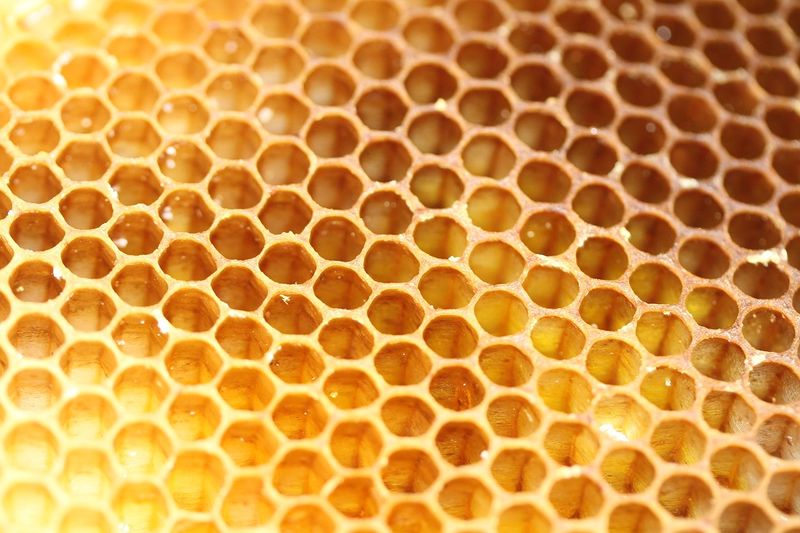
The hexagonal honeycomb design isn’t just visually stunning—it’s mathematically perfect! This shape provides maximum storage space using minimal wax while maintaining structural strength.
Bees build these precision cells at a slight upward angle to prevent honey from dripping out. The wax cells also interact with honey chemically, contributing subtle flavor notes while providing ideal storage conditions for preserving all those complex sugar molecules.
8. Pollen Power
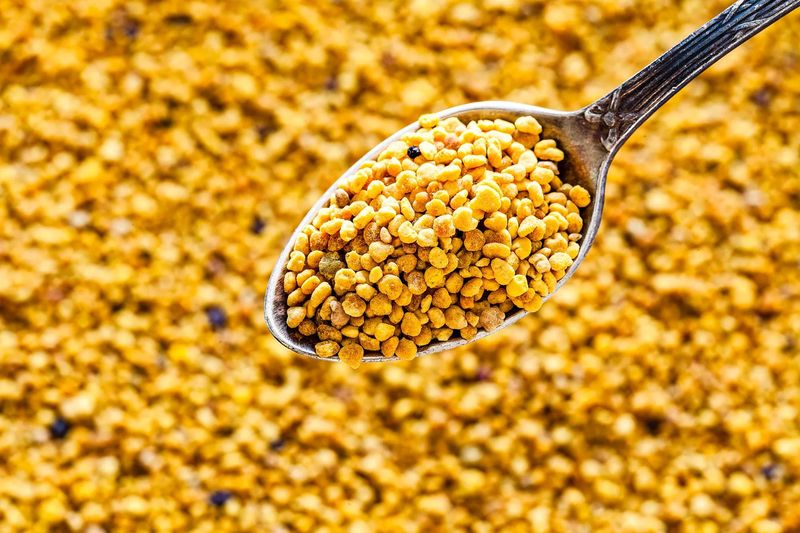
While gathering nectar, bees inadvertently collect pollen on their fuzzy bodies. Some of these protein-rich granules make their way into honey, creating tiny nutritional power-ups.
These pollen particles add amino acids, vitamins, and minerals to honey. Each microscopic grain carries the plant’s genetic signature, which is why local honey often contains regional allergens that may help some people build immunity to seasonal allergies.
9. Queen’s Royal Jelly Connection
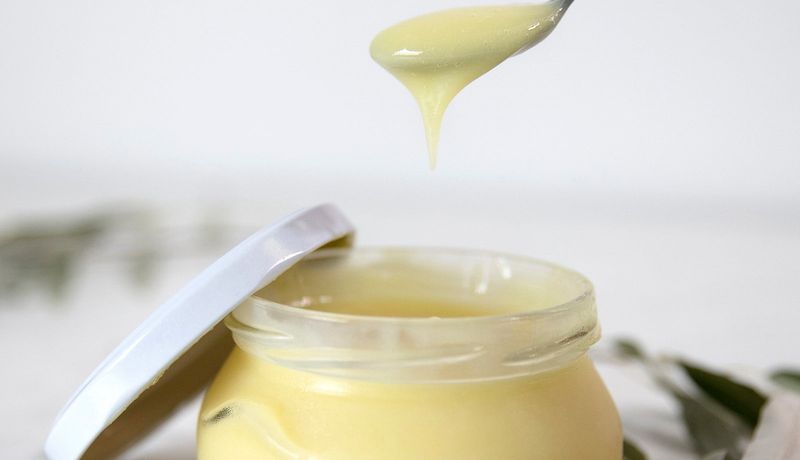
The queen bee lives exclusively on royal jelly—a milky secretion that transforms an ordinary bee larva into royalty. This special food affects the entire colony’s productivity and honey quality.
A healthy, well-fed queen lays up to 2,000 eggs daily, maintaining optimal hive population. Her pheromones regulate worker behaviors and honey production efficiency. When workers sense a strong queen presence, they produce more consistent, higher-quality honey.
10. Dancing Communication System
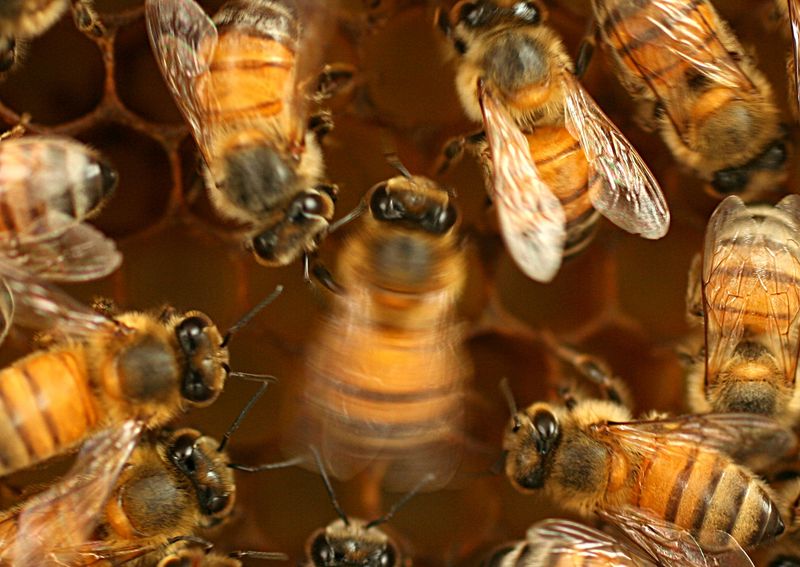
Bees perform intricate waggle dances to share flower locations—a sophisticated GPS system that maximizes nectar collection efficiency!
The dance angle indicates direction relative to the sun, while duration signals distance. This precise communication ensures the colony focuses on the richest nectar sources. Better nectar sources mean tastier honey, as bees won’t waste energy on low-quality flowers.
11. Flavor-Enhancing Fermentation

Honey undergoes a mild natural fermentation process thanks to specialized yeasts and bacteria that bees introduce during processing. Don’t worry—it’s completely safe!
These microorganisms produce subtle compounds that enhance flavor complexity. The slow fermentation continues even after honey is capped, developing deeper notes over time. This natural aging process is why artisanal and raw honeys often have more complex flavor profiles.
12. Division Of Labor Efficiency

A bee’s role changes throughout its lifetime in a fascinating age-based progression that ensures honey quality at every stage.
Young bees start as cleaning specialists, then become nurse bees feeding larvae, next advance to nectar processors, and finally graduate to foragers. This specialized assembly line means each honey-making step is handled by workers with specific skills, ensuring consistent quality control throughout production.
13. Collective Decision Making
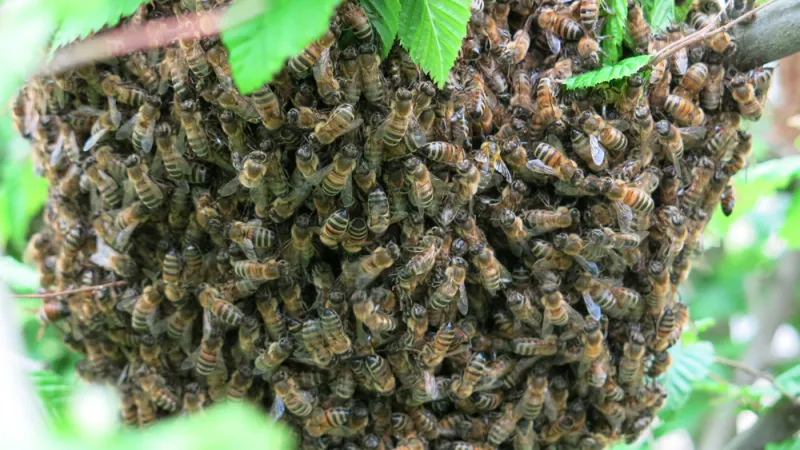
Bees practice democratic decision-making when selecting new food sources or hive locations through a process called quorum sensing.
Scout bees evaluate options and recruit others to their preferred choice. When enough bees agree on a particular option, the colony commits to it. This collective intelligence ensures they consistently select the most nectar-rich flower patches, resulting in higher-quality honey.
14. Antioxidant Accumulation
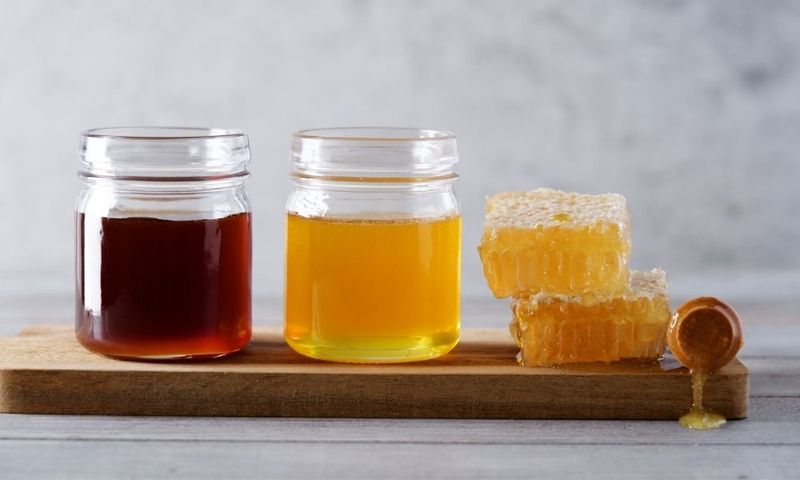
Flowers produce antioxidants to protect themselves from environmental stressors—and bees collect these beneficial compounds along with nectar!
Dark-colored honeys like buckwheat and manuka typically contain higher antioxidant levels. These plant-derived compounds not only enhance flavor but also contribute to honey’s health benefits. The bees’ meticulous selection of nectar sources essentially concentrates these beneficial plant compounds.
15. Climate-Adapted Variations
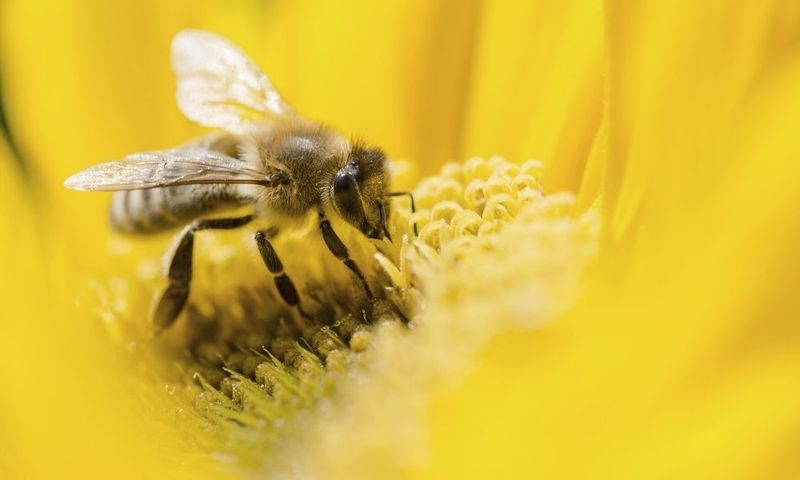
Honey’s flavor profile changes with the seasons and climate conditions—nature’s way of creating endless variety!
Spring honey often features light, floral notes from early blooms. Summer brings robust, aromatic varieties from mature flowering plants. Bees adjust their collection and processing techniques based on temperature and humidity, creating distinctive seasonal batches that reflect their environment’s unique botanical signature.


